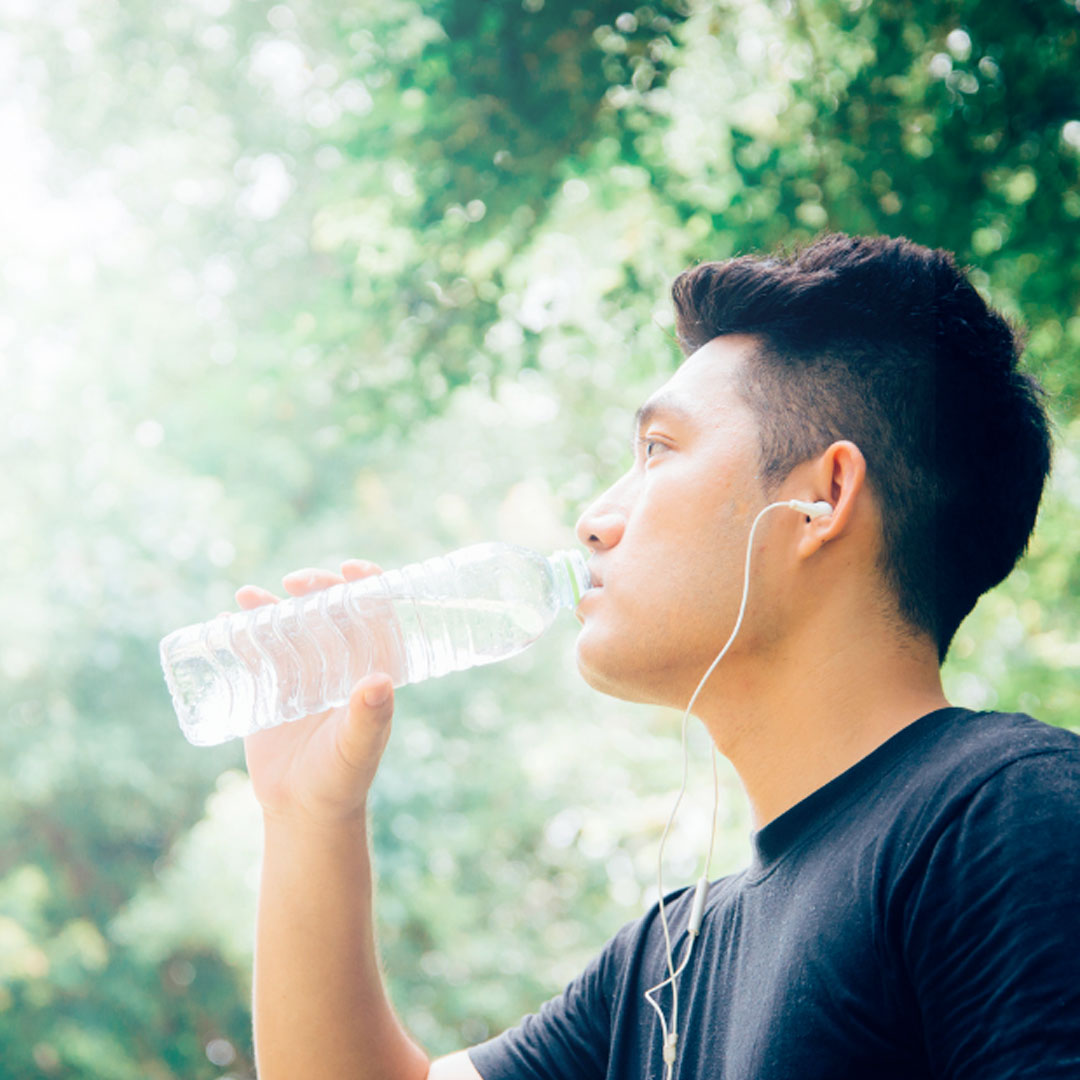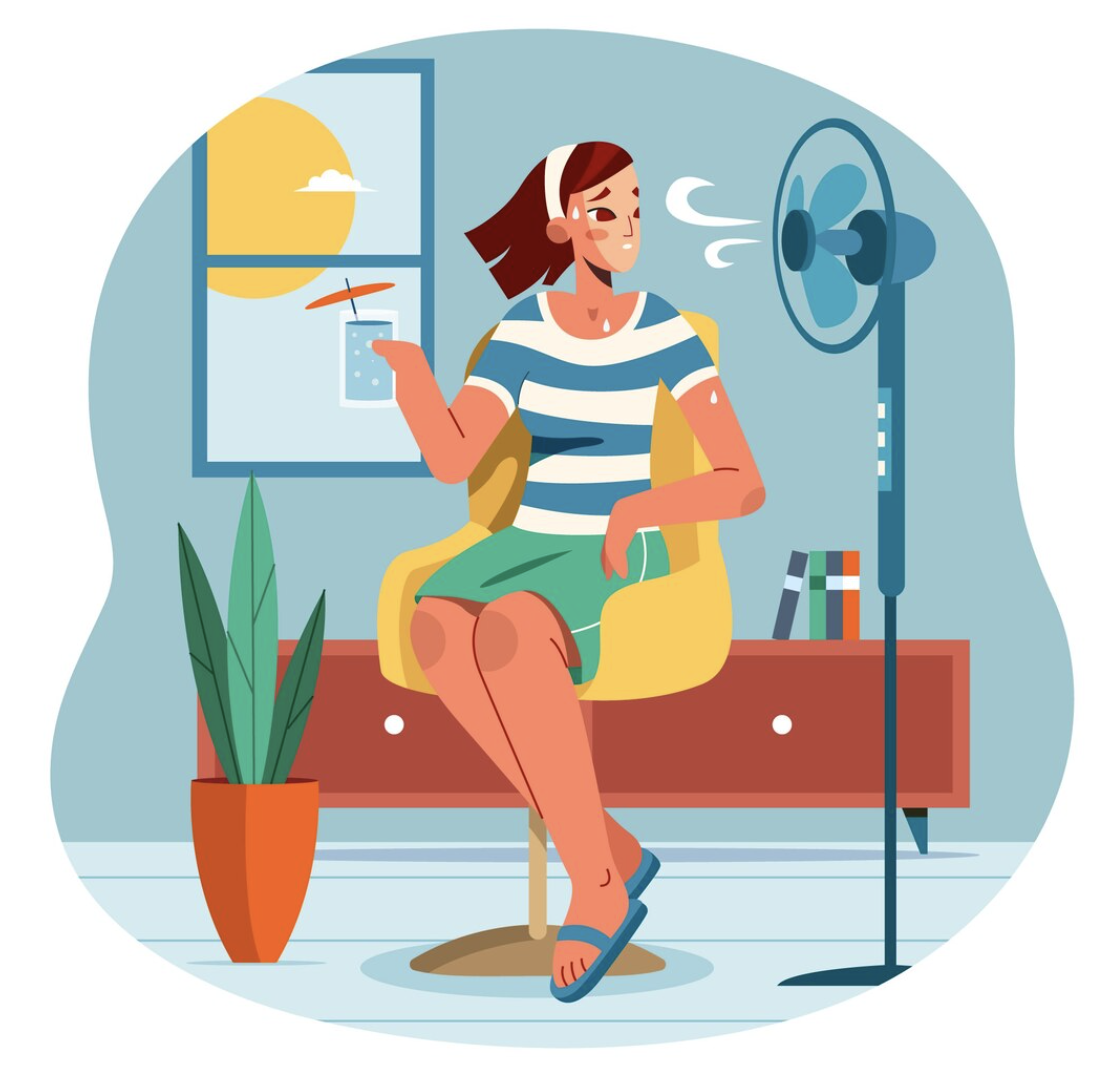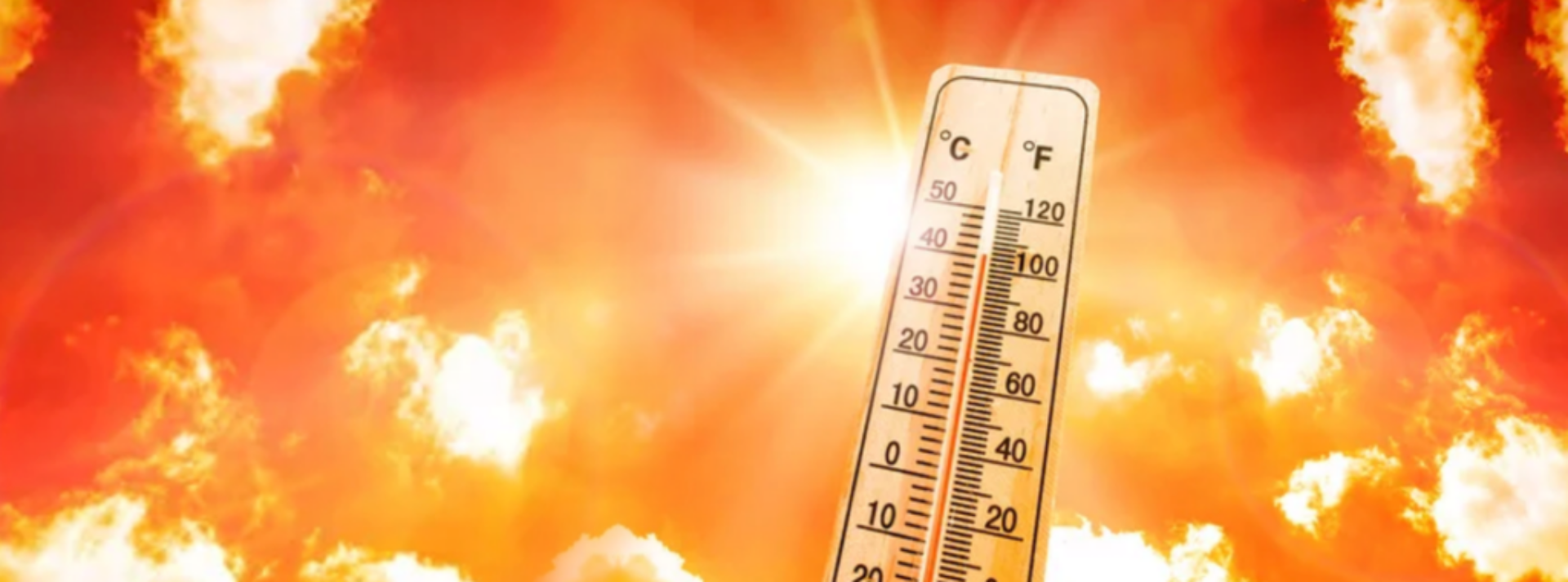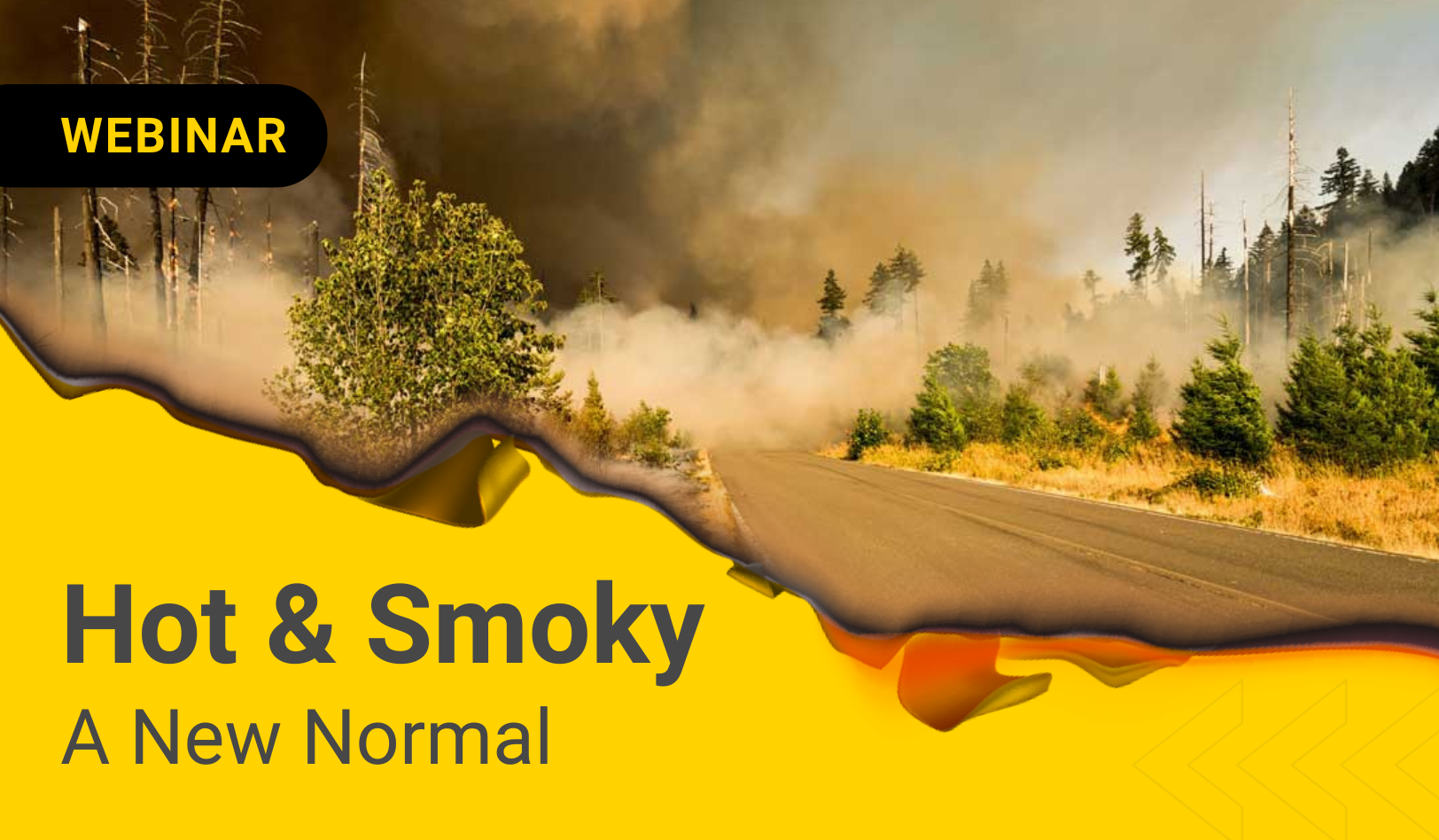Heat-Related Illness: Are YOU Ready? Tips for keeping safe in the sun
In the summer of 2021, British Columbia experienced an unprecedented extreme heat event that tragically led to hundreds of lives lost and many more cases of heatrelated illness. While the high temperatures and humidity took many by surprise, environmental experts are predicting extremely hot summers are our new normal—a new normal that everyone, especially those working outdoors or exposed to hot temperature conditions, needs to prepare for.
What is heat-related illness?
When someone is in a hot environment or too much body heat is produced by vigorous physical activity, the body will attempt to rid itself of the excess heat, usually by sweating. However, if your body heats up faster than it can cool itself, you can experience heat stress. While health impacts of heat stress can vary, even healthy individuals can suffer serious consequences from heat exposure.
While eliminating risks is usually the preferred course of action when it comes to workplace safety, heat and the sun are unfortunately not things we can easily avoid—especially with outdoor sets and production. Because heat stress can pose serious health concerns such as sunburn, heat stroke, and even death, employers, supervisors and performers and crew members need to think about how to implement the necessary precautions to keep everyone safe.
Heat-related illness also affects those working within live events and performing arts, especially those who work in positions with little shade, such as security, volunteers at gates, parking attendants and other outdoor jobs.
Working in hot conditions or high humidity can lead to serious heat-related illnesses. Employers must have a tailored health and safety program in place. Learn how employers, workers, and supervisors can take action to prevent heat-related illnesses and stay safe with our Safety Bulletins.
Be prepared

Hydrate
Aim to drink eight ounces of fluids such as water or electrolyte drinks every 15 minutes. Avoid drinking alcohol or caffeine when working in extreme heat as these can dehydrate the body.

Protect yourself
Wear long-sleeve shirts and pants, a wide-brim hat, and sunscreen on any exposed skin.

Find shade
Staying out of the direct sun whenever possible is important for keeping body temperatures regulated when working in the heat. If shade isn’t available in the environment, it’s important to create areas with sun protection to provide relief for those on set.
Environmental experts are predicting extremely hot summers are our new normal.
Get ready for hotter summers! Watch our FREE webinar to learn about the effects of heat and wildfire smoke exposure. Discover how to create effective exposure control plans for non-traditional environments like film sets and outdoor festivals.
In addition to supporting performers and crew members with these precautions, in certain situations employers are required to develop an exposure control plan (ECP) before work commences, to properly assess, develop, and implement controls that will help reduce the risk of working in hot conditions specific to entertainment production worksites. The ECP should cover topics such as risk identification, education and training, written work procedures, and roles and responsibilities for everyone on site.
Know the warning signs
As important as it is to take all the necessary precautions when working in the sun or heat, being able to recognize the early warning signs that come with heat-related illness can help prevent serious illness or injury. Supervisors should ensure crew members know the warning signs of heat-related illness, as these can quickly develop into heat exhaustion or heat stroke. If any of these symptoms are observed, performers and crew members should stop working immediately and take action to protect themselves or others.
The leading cause of weather-related death in Canada is now extreme heat events, with the 2021 ‘heat dome’ recognized by the BC Coroner’s Office as the deadliest weather event on record in Canada (BCCDC, n.d.; CBC News 2023). While heat-related illness and can impact every person differently, the presence of the following indicators may put some at greater risk than others: dehydration, lack of sleep, fatigue, lack of recovery from the previous day, gastrointestinal discomfort, having not recently eaten or being in a fasting state, and psychological stress (Morissey et al., 2021). Employers can help to mitigate workers’ risks by developing effective and tailored educational programs surrounding post-cooling strategies to practice after a work shift under heat exposure to enhance their physiological recovery process (Morissey et al., 2021). For example, temperatures decrease less at night indoors compared to outdoors and peak temperatures during multi-day extreme heat events have a cumulative effect, meaning workers can increase their risk while at home as well as the following day at work if their core body temperature is not regulated effectively. Outdoor temperatures often peak around 5 p.m., whereas indoor temperatures usually peak between 9 and 10 p.m. (PreparedBC, n.d.). Raising worker awareness to these variables can help them to stay safe as well as achieve optimum rest and recovery.
Suggestions for staying cool indoors so you can get proper rest between work shifts:

- Put up external window covers to block the sun if you can safely do so.
- Close your curtains and blinds during the day.
- Keep doors and windows closed between 10 a.m. and 8 p.m. to trap cooler air inside. Open them at 8 p.m. to allow cooler air in.
- Reconfigure the coolest location in your home so you can sleep there at night. As outdoor temperatures are usually lower overnight, consider sleeping outside if you can safely do so.
- Use fans, including kitchen and bathroom exhaust fans, to move cooler air through the house at night.
- Sleep wearing a wet shirt or with a wet bed sheet.
- Take cool showers or baths to draw heat from your body.
- Drink a lot of water, whether you feel thirst or not, and avoid sugary or alcoholic drinks (PreparedBC, n.d.).



